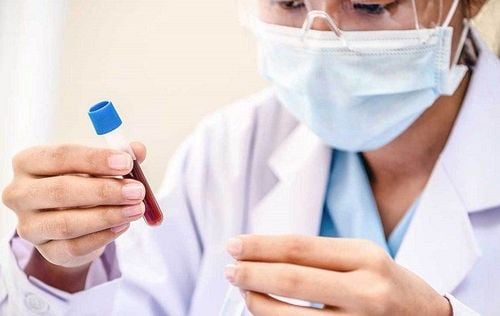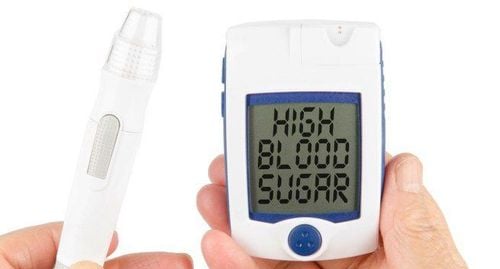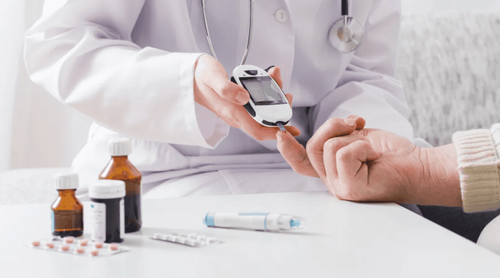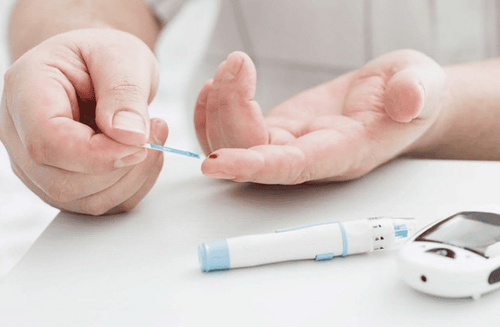This is an automatically translated article.
Blood sugar is usually lowest right before a meal. For people with diabetes, monitoring sugar levels from time to time is important in adjusting insulin levels and lifestyle to keep glucose levels stable, minimizing the risk of complications. proof.
1. When is blood sugar lowest?
Blood sugar levels lower than 100 mg/dL 8 hours after a meal and 140 mg/dL 2 hours after a meal are normal. During the day, the lowest blood sugar levels usually occur right before a meal. For most people without diabetes, pre-meal blood sugar ranges between 70 and 80 mg/dL. For some people, 60 or 90 is normal.
Most people's glucose will never drop below 60, even with prolonged fasting. When you diet or fast, the liver keeps levels normal by converting fat and muscle into sugar. Some others may have slightly lower blood sugar levels.
MORE: Why does blood sugar rise in the morning?
2. Diagnosing Diabetes
Doctors use some of the following tests to diagnose diabetes :
Fasting plasma glucose test : Doctor checks blood sugar levels after 8 hours of fasting, higher than 126 mg/dL is diagnosed have diabetes. Oral Glucose Tolerance Test: After fasting for 8 hours, you will receive a special sugary drink. 2 hours later, you have a blood sugar test with a level higher than 200 mg/dL and you are diagnosed with diabetes. Randomized test: Checks for blood sugar higher than 200 mg/dL, associated with symptoms of diabetes such as frequent urination, constant thirst, and significant weight gain or loss. Then, additionally perform a fasting plasma glucose test or an oral glucose tolerance test to confirm the diagnosis. Whatever the cause, higher than normal sugar levels are not healthy. A blood sugar level that is higher than normal, but not to diabetic levels, is called prediabetes.
MORE: Carbohydrates and blood sugar

Bác sĩ thực hiện các xét nghiệm cận lâm sàng để đưa ra kết luận chẩn đoán bệnh tiểu đường
3. Complications of diabetes
Why is high blood sugar bad for health? Glucose is a precious fuel for all cells in the body provided it is in moderation. If it's too high, it's like a slow-acting poison that slowly damages the body.
High blood sugar reduces the ability of pancreatic cells to make insulin. The pancreas overcompensates causing an excess of insulin. Over time, the pancreas is permanently damaged. High blood sugar can cause changes that lead to atherosclerosis.
Almost any part of the body can be damaged by high blood sugar. Damaged blood vessels cause problems such as:
Kidney disease or kidney failure requiring dialysis Stroke Heart attack blindness A weakened immune system increases the risk of infection Erectile dysfunction Nerve damage causing tingling, pain, or decreased sensation in the feet, legs, and hands Poor blood circulation to the legs and feet Wounds that heal slowly and the possibility of amputation in rare cases Keep your blood sugar you are close to normal to avoid complications. The American Diabetes Association recommends that blood sugar control in people with diabetes be 70 to 130 mg/dL before meals and less than 180 mg/dL after meals.
Please dial HOTLINE for more information or register for an appointment HERE. Download MyVinmec app to make appointments faster and to manage your bookings easily.
Reference source: .webmd.com












